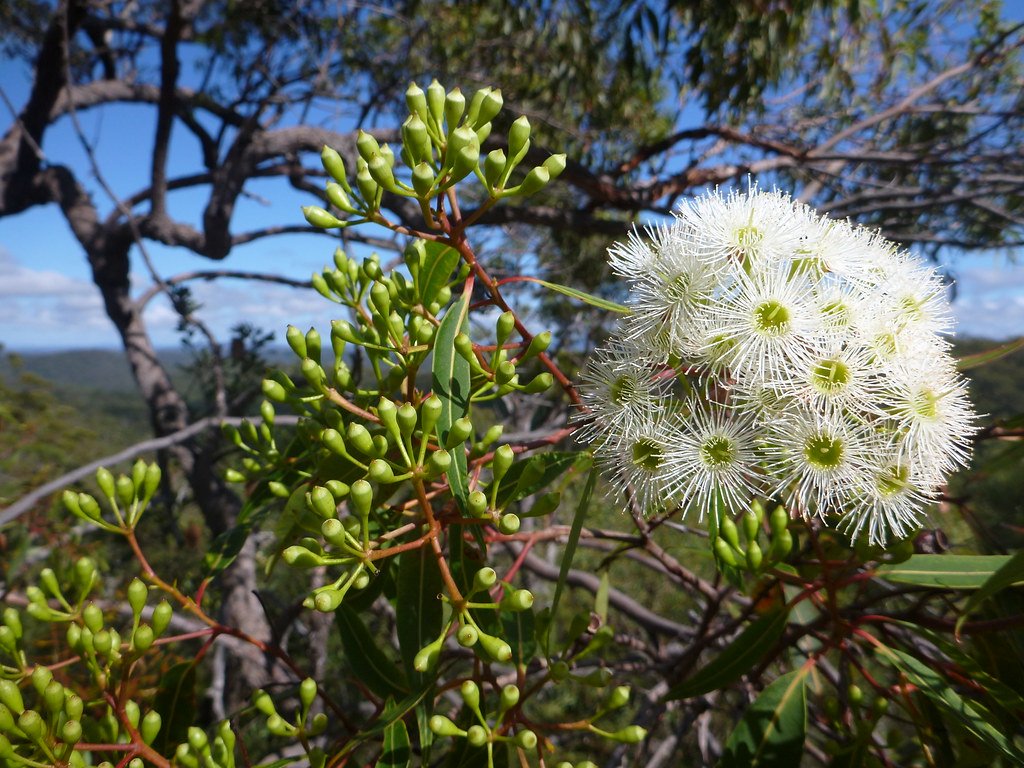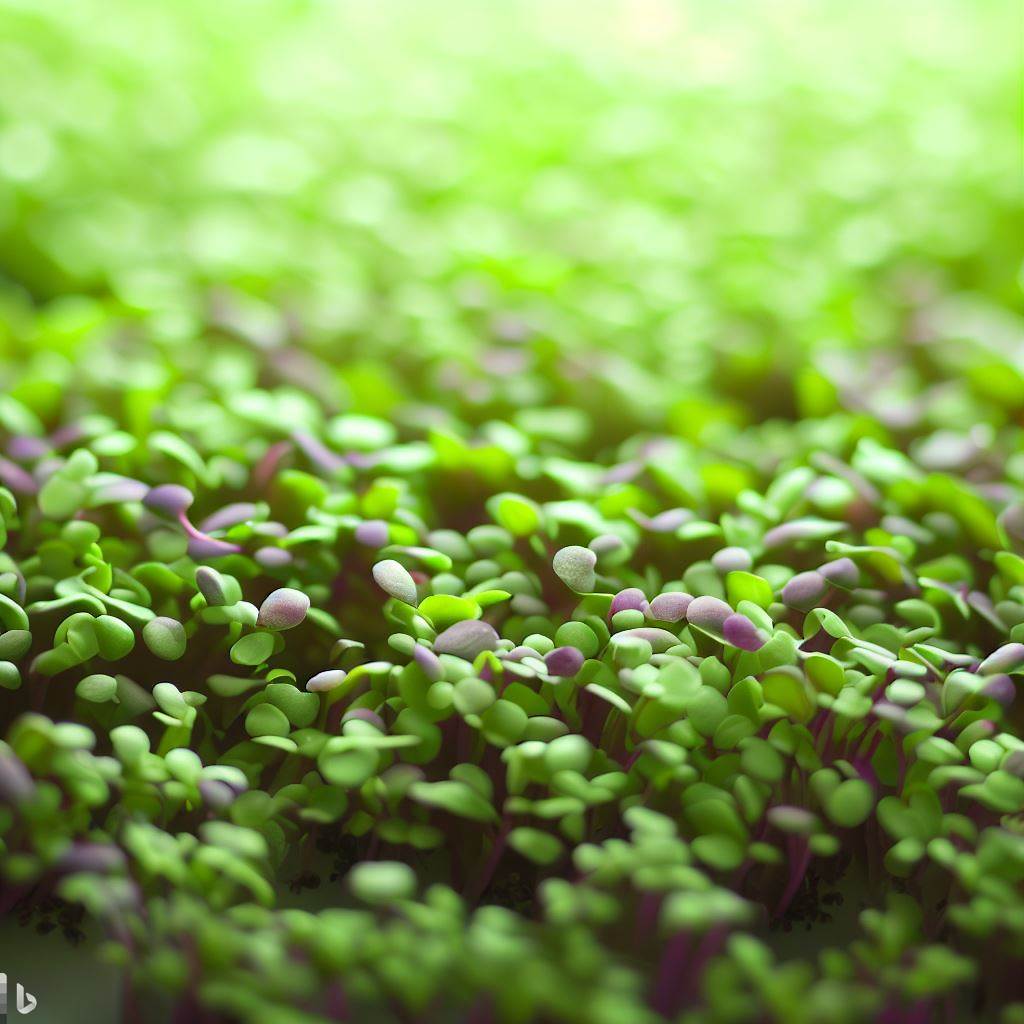Corymbia torelliana
Flowering trees are nature’s way of adorning the world with beauty and color. Among the vast array of flowering trees, Corymbia torelliana stands out as a truly exquisite specimen. With its striking blooms, elegant form, and various ecological benefits, this tree captivates the attention of nature enthusiasts and gardeners alike. In this article, we will explore the captivating features, cultural significance, and environmental contributions of the Corymbia torelliana.
1. Introduction
Corymbia torelliana, commonly known as the Cadaghi or the Torell’s eucalyptus, is a flowering tree native to the tropical and subtropical regions of Australia. It belongs to the Myrtaceae family and is renowned for its striking flowers and impressive size. The tree has gained popularity not only for its aesthetic appeal but also for its environmental significance and diverse applications.
2. Origin and Distribution
The Corymbia torelliana is endemic to Australia, primarily found along the eastern coast in Queensland and New South Wales. It thrives in a subtropical climate and prefers well-drained soils. Due to its beauty and adaptability, the tree has been introduced to various parts of the world, including Southeast Asia, Africa, and the Americas.
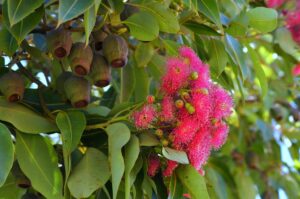
3. Description and Appearance
The Cadaghi tree is characterized by its tall and upright stature, reaching an average height of 25 to 30 meters (82 to 98 feet). Its trunk is smooth and pale, with a diameter of around 1 meter (3.3 feet). The tree’s crown is dense and composed of glossy, dark green leaves that provide an excellent shade canopy.
4. Blossoms and Inflorescence
One of the most captivating features of the Corymbia torelliana is its vibrant blossoms. The tree produces abundant clusters of flowers, which appear in various shades of pink, red, or cream. The inflorescence forms a magnificent display, attracting pollinators such as bees, butterflies, and birds.
5. Ecological Importance
Beyond its visual appeal, the Corymbia torelliana plays a vital role in supporting biodiversity and maintaining ecosystem balance. The tree provides a valuable habitat for numerous bird species, insects, and other wildlife. Its nectar-rich flowers serve as a vital food source for pollinators, contributing to the pollination of surrounding flora.
6. Cultivation and Care
Corymbia torelliana is relatively easy to cultivate, making it a popular choice for both ornamental and commercial purposes. It prefers full sun exposure and well-drained soil but can tolerate a wide range of soil conditions. Adequate watering and periodic fertilization are essential during the tree’s establishment phase.
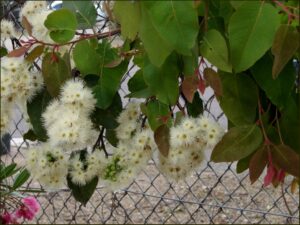
7. Landscaping and Aesthetic Appeal
The elegant form, attractive foliage, and showy blossoms make the Corymbia torelliana an excellent addition to any landscape. Its tall stature and spreading crown create a sense of grandeur, making it an ideal focal point in parks, gardens, and large residential areas. The tree’s vibrant blooms provide a burst of color, enhancing the overall aesthetic appeal of the surroundings.
8. Medicinal and Traditional Uses
Indigenous communities in Australia have long recognized the medicinal properties of Corymbia torelliana. Various parts of the tree, including the leaves and bark, are used in traditional remedies to treat ailments such as coughs, colds, and infections. Furthermore, its essential oils have found application in aromatherapy and natural cosmetic products.
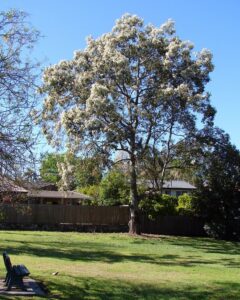
9. Challenges and Conservation Efforts
Despite its numerous benefits, the Corymbia torelliana also poses challenges in certain regions. In some cases, it has become an invasive species, outcompeting native vegetation and disrupting local ecosystems. To mitigate these issues, conservation organizations and environmental agencies are implementing measures to manage and control the spread of this species while promoting the preservation of native flora.
10. Conclusion
Corymbia torelliana, with its stunning blooms, graceful form, and ecological significance, is undeniably an exquisite flowering tree. From its native Australia to various corners of the world, this tree continues to captivate hearts and inspire awe. Whether admired in a garden or appreciated for its environmental contributions, the Corymbia torelliana remains a testament to the beauty and wonder of the natural world.
FAQ
1. Can Corymbia torelliana be grown in colder climates?
While Corymbia torelliana thrives in subtropical climates, it can be challenging to grow in colder regions. However, with proper care and protection during winter months, it may be possible to cultivate this tree in cooler climates.
2. Are the flowers of Corymbia torelliana fragrant?
Yes, the flowers of Corymbia torelliana emit a delightful fragrance, which adds to their overall charm and allure.
3. Can Corymbia torelliana be grown in containers or pots?
Given its size and rapid growth, Corymbia torelliana is not well-suited for container cultivation. It is best planted in spacious outdoor areas where it has ample room to develop.
4. How long does it take for Corymbia torelliana to start flowering?
Corymbia torelliana typically begins flowering within 4 to 5 years of planting, depending on the growing conditions and care provided.
5. Is Corymbia torelliana resistant to pests and diseases?
While Corymbia torelliana is generally resistant to pests and diseases, it may occasionally be susceptible to certain issues such as leaf spot or gummosis. Proper cultural practices and regular monitoring can help mitigate these problems.

